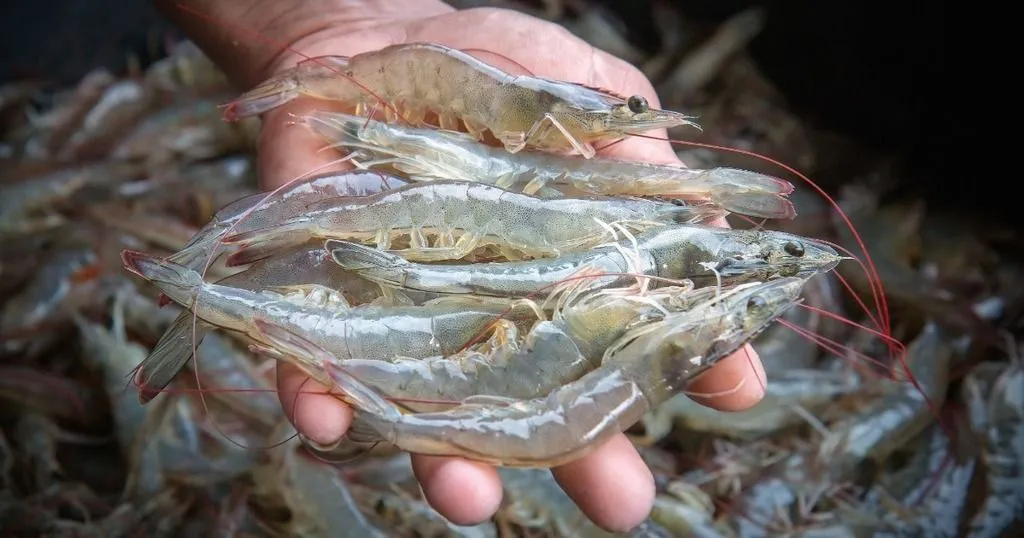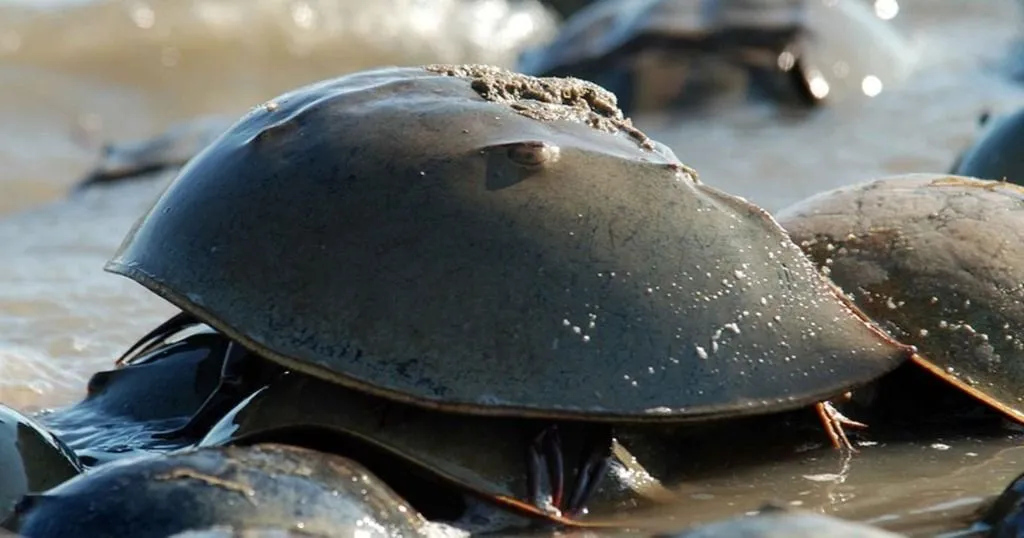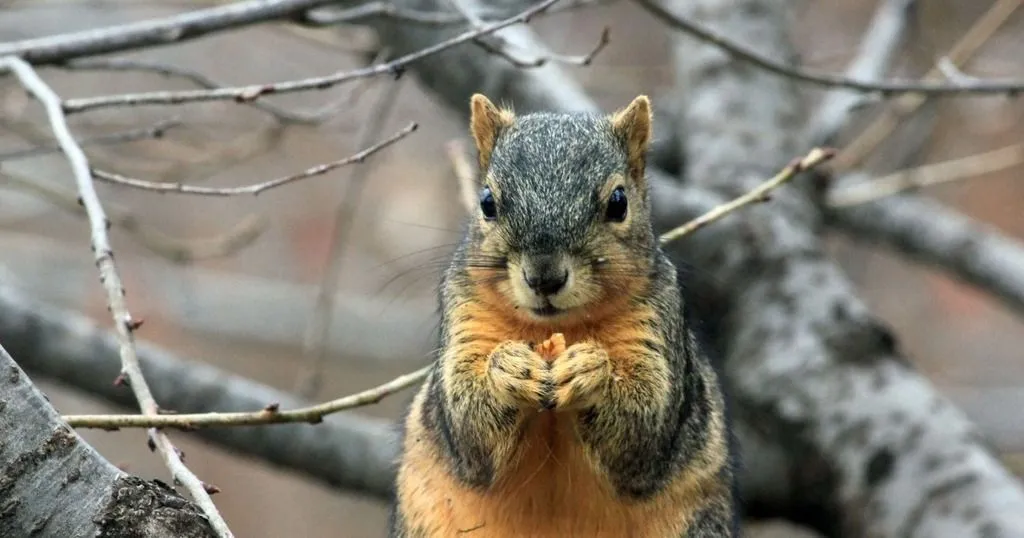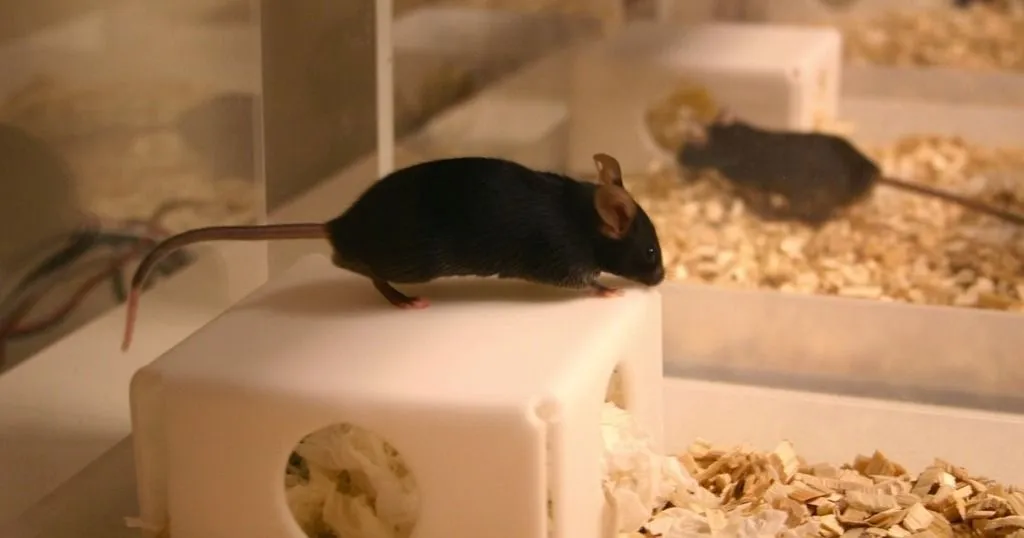Studying shrimp feeding behavior and why it’s important for aquaculture
Shrimp is a popular dish, and these crustaceans are a very large part of commercial aquaculture. Especially Pacific white-leg shrimp, as they grow fast and are able to adapt to a wide range of environments.
Posted by
Published on
Thu 24 Sep. 2020
Topics
| EthoVision XT | Feeding | Video Tracking |

Shrimp is a popular dish, and these crustaceans are a very large part of commercial aquaculture. Especially Pacific white-leg shrimp, as they grow fast and are able to adapt to a wide range of environments.
How shrimps feed
The downside of these shrimps is that they can be slow feeders, which has a lot more consequences than you might expect. For example, when food is left, it is not only a waste of money, it also contaminates the water. You can imagine that finding the optimal way to feed shrimp can make or break profitable farming.
This is why investigating the best feeding protocols has gained more interest lately, and a big part of that is looking at feeding behavior. In fact, understanding the basics of shrimp behavior is a crucial fundament to the refinement of feeding practices.
Wasting food
Food waste may occur if there is simply too much food to take in, but also when it is of low quality and shrimp are not attracted to it, cannot detect it, don’t want to eat it, or it partially breaks down in the water before they get a change to grab it. So, in addition to the quality of the food, it also matters how much you give them, when during the day, and where.
Testing behavior
So how do you figure out what the best practice is? You ask the shrimp. You monitor their behavior closely and see how they respond to different feeding protocols.
How shrimps behave
A lot is already known about shrimp feeding behavior. When feed is offered, the crustaceans start exploring, crawling, using chemoreception to find food across distances. When food is detected with their chemoreceptors, and the animals start orienting themselves towards the food, you can see antennule flicking behavior.
Once the animal is close to the food, it grabs it with its “hands”, called dactyls, which are at the end of its walking leg. It then brings the food to its maxillipeds (jaw-like feature that handles the food) and mouthparts. But the onset of feed handling does not guarantee that the animal is actually eating the food.
After-eating rituals
Like many animals, after feeding, shrimp start grooming. Crustaceans also have clear feed rejection patterns, for example, they move around the food, without interaction. Or they pick it up, but no mouthpart movements are observed. Food can also be thrown away or backed away from. They are also creatures of habit, and can habituate to a particular feeding area.
The effectiveness of feeding
The effectiveness of the feed protocol is reflected in behavior, but feeding is also influenced by other effects, such as moulting, shrimp character, gender, environmental enrichment, and water quality.
Video tracking feeding behavior
A recent publication of Bardera and colleagues (2020, Aquaculture) introduced video tracking to shrimp behavior research. In this particular study they validated EthoVision XT for these types of experiments.
With 27 shrimp, they tested feed attractability of three experimental diets with different theoretical levels of attraction. Two times a day, the shrimp were recorded for 20 minutes in a rectangular arena. They gathered data both manually and with EthoVision XT, comparing results for consistency.

"Distribution heatmaps provided by EthoVision offered a quick and reliable assessment of feed attractability [in Pacific white shrimp]."
Guillermo Bardera |University of the West of Scotland, Paisley, UK
Parameters of feeding in video tracking experiments
EthoVision XT was used to measure time spent in the feeding area, attraction to feed score, number of transitions to the feeding tray, average distance to the feed throughout a trial, time spent moving, distance travelled, and average speed. Heatmaps were used to visualize the results.
The similarity between manual observations and those made with EthoVision XT video tracking was very high, varying between 93,4% and 99,8%.
Feed attractability
The next step was to use EthoVision XT to determine feed attractability and effect of time of day.
Shrimp showed little motivation to eat when presented with the negative diet, which showed by the longer distances they covered, the higher velocity, greater time spent moving around and more transition to the feeding tray. Time of day seemed to have little effect on feeding behavior.
Applications in commercial farming
Bardera and his colleagues concluded that EthoVision XT shows clear potential to track shrimp feeding behavior and for developing automated protocols to assess feed attractability in the aquaculture industry.
Prairie AquaTech studies
Luke Fredrickson and his colleagues from Prairie AquaTech picked up on this and are currently in the early stages of their research focusing on scoring feeds. EthoVision XT improved their understanding of shrimp behavior in response to different feed formulations.
Fredrickson especially likes the ability to track and report long-term feeding data. It is also helping them understand the role and value that specialized ingredients such as ME-PRO® can play in the future of sustainable aquaculture.

"EthoVision XT does much of the analysis for you. I do not have to watch hours of video or spend considerable time watching over the tanks. The improvements that we are making are very exciting for Prairie AquaTech and will be for the aquaculture industry as well."
Luke Fredrickson |Prairie AquaTech, Brookings, SD, USA
Behavior in relation to feeding zones
Similar to Bardera and his colleagues, they are using video tracking to look at the number of times a shrimp enters the feeding area during specific intervals of time and the time it takes for the shrimp to first enter the feeding zone.
“I have been impressed with how well the software can track the movements of shrimp, especially head and tail orientation. EthoVision XT can quickly provide us with heatplots of each trial, which can quickly show the amount of time spent in each area of the tank”, Fredrickson explains.
Future research at Prairie AquaTech
Prairie AquaTech is planning on continued research with EthoVision XT to evaluate additional behavioral dimensions such as speed, not moving/moving, distance, as well as preferential feeding behavior of white shrimp Litopenaeus vannamei under different salinity and temperature real-time interaction.
They are also planning to look into the feeding behavior of other species such as Atlantic salmon, Trout, Seabass and Cobia.
References
- Bardera, G.; Owen, M.A.G.; Pountney, D.; Alexander, M.E.; Sloman, K.A. (2019). The effect of short-term feed-deprivation and moult status on feeding behaviour of the Pacific white shrimp (Litopenaeus vannamei).Aquaculture 511, 734222.
- Bardera, G.; Usman, N.; Owen, M.A.G.; Pountney, D.; Sloman, K.A.; Alexander, M.E. (2019). The importance of behaviour in improving the production of shrimp in aquaculture.Reviews in Aquaculture 11(4), 1104-1132.
- Bardera, G.; Owen, M.A.G.; Façanha, F.N.; Sloman, K.A.; Alexander, M.E. (2020). The influence of sex on feeding behaviour in Pacific white shrimp (Litopenaeus vannamei).Applied Animal Behaviour Science224, 104946.
- Bardera, G.; Owen, M.A.G.; Façanha, F.N.; Alcaraz-Calero, J.M.; Sloman, K.A.; Alexander, M.E. (2020). Assessing feed attractability in Pacific white shrimp (Litopenaeus vannamei) using an automated tracking software.Aquaculture 529, 735692.
Related Posts

Ticking clocks – tides and activity peaks in American horseshoe crabs

The relationship between food scarcity and caching in fox squirrels

